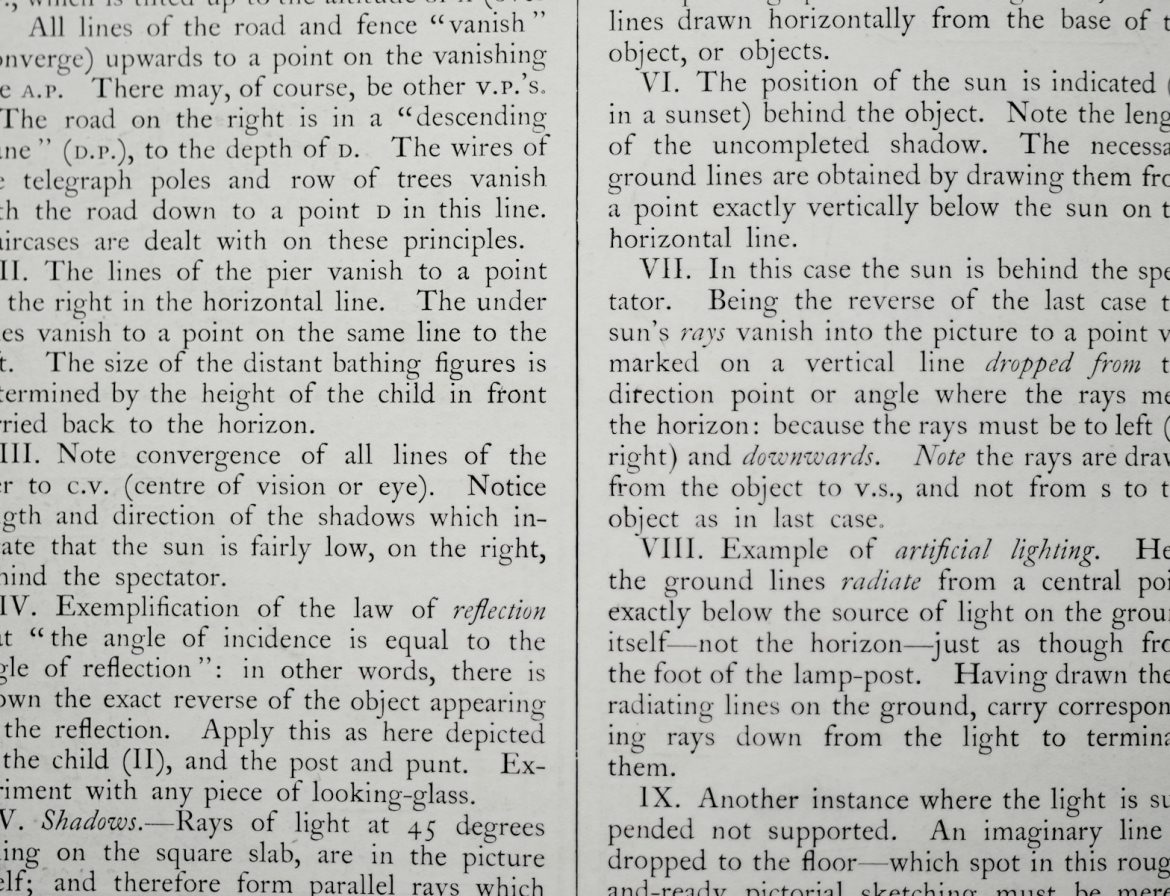In digital fundraising, text-to-donate and text-to-give are key components in driving charitable contributions. While they may seem interchangeable, each serves a distinct role within a non-profit organization’s mobile giving strategy. Understanding these differences is critical for optimizing the donor experience and maximizing the efficiency of fundraising campaigns. Below, we explore the intricacies and benefits of these mobile giving methods as we delve into an informed comparison of text-to-donate vs text-to-give.
Text-to-Donate: A Closer Look at Its Functionality and User Experience
Alt text: A person holding a phone, comparing text-to-donate vs text-to-give options.
With text-to-donate services, the donor journey begins with the individual texting a keyword to a designated number provided by the charity. This number is typically a short code optimized for the text-to-donate platform. Upon sending the text, the donor receives a reply containing a link that directs them to a secure online donation page where they can choose the amount they wish to give and enter payment details.
This method enhances the donor experience by offering a personalized touch. The online page can include information about how the donations will be used, videos of the cause in action, and testimonials from those already impacted. Such in-depth content provides transparency and potentially encourages higher donations as donors become more emotionally invested.
Moreover, text-to-donate platforms can facilitate recurring donations, inviting supporters to regularly set up a scheduled gift. This could be an integral feature for organizations seeking sustained support beyond a one-time campaign. As a best practice, charities should ensure their donation pages are mobile-optimized to avoid deterring potential donors due to technical hiccups or a cumbersome user interface.
Implementing text-to-donate campaigns requires thoughtful planning and a strategy considering communication before and after the donation. The success of such initiatives is often measured not just by the funds raised but also by the donor retention rates and the community engagement they inspire.
Text-to-Give: How It Works and Its Impact on Fundraising
Alt text: A man using the text-to-give option to donate to a nonprofit organization.
Text-to-give systems streamline the donation process even further by allowing donors to send a specific donation amount via text and have it charged to their mobile phone bill or processed through a stored payment method. The convenience and speed of this approach make it exceptionally suitable for live events, such as charity concerts or telethons, where immediate action is encouraged.
The direct nature of text-to-give can harness the power of impulse giving. When people are moved by a compelling story or an urgent call to action, being able to donate instantly maintains the momentum of their charitable intention. This immediacy can be pivotal in disaster relief scenarios where resources are needed without delay.
Despite its advantages, text-to-give may have limitations, such as caps on donation amounts set by mobile carriers or the lack of detailed donor information captured during the transaction. Nonetheless, its effectiveness in collecting smaller donations quickly has made it a popular choice for many non-profits looking to bolster their fundraising efforts.
As with any fundraising strategy, tracking and analyzing the results of text-to-give campaigns is crucial. Understanding the donation patterns, peak times for giving, and overall participation levels can offer valuable insights that help refine future fundraising approaches.
Comparing the Technical Nuances: Text-to-Donate versus Text-to-Give
The distinctions between text-to-donate and text-to-give go beyond the donor’s user experience, extending into the technical nuances that govern their operations. Text-to-donate is typically administered through a third-party service that manages the platform, handling the technical aspects and often providing valuable donor data analytics. This setup can afford nonprofits more detailed insights into their campaigns.
Conversely, text-to-give may involve more direct communication between the donor’s mobile carrier and the receiving non-profit. Donation amounts are often added to the donor’s phone bill, simplifying the process but possibly limiting the amount of usable data gathered through the transaction. This can influence how non-profits follow up with donors and report on their campaign’s success.
For non-profits, choosing between these two mobile giving options may also hinge on their specific needs around donor management and the costs associated with using either service. While text-to-donate campaigns might involve higher upfront costs and require more sophisticated marketing to elicit engagement, text-to-give campaigns could yield quicker returns but offer less customization and donor cultivation.
Overall, whether opting for text-to-donate or text-to-give, non-profits must identify the method that complements their fundraising objectives and resonates with their audience. By carefully considering their options and implementing best practices, charities can leverage mobile giving to expand their impact and connect meaningfully with a broader donor base.

